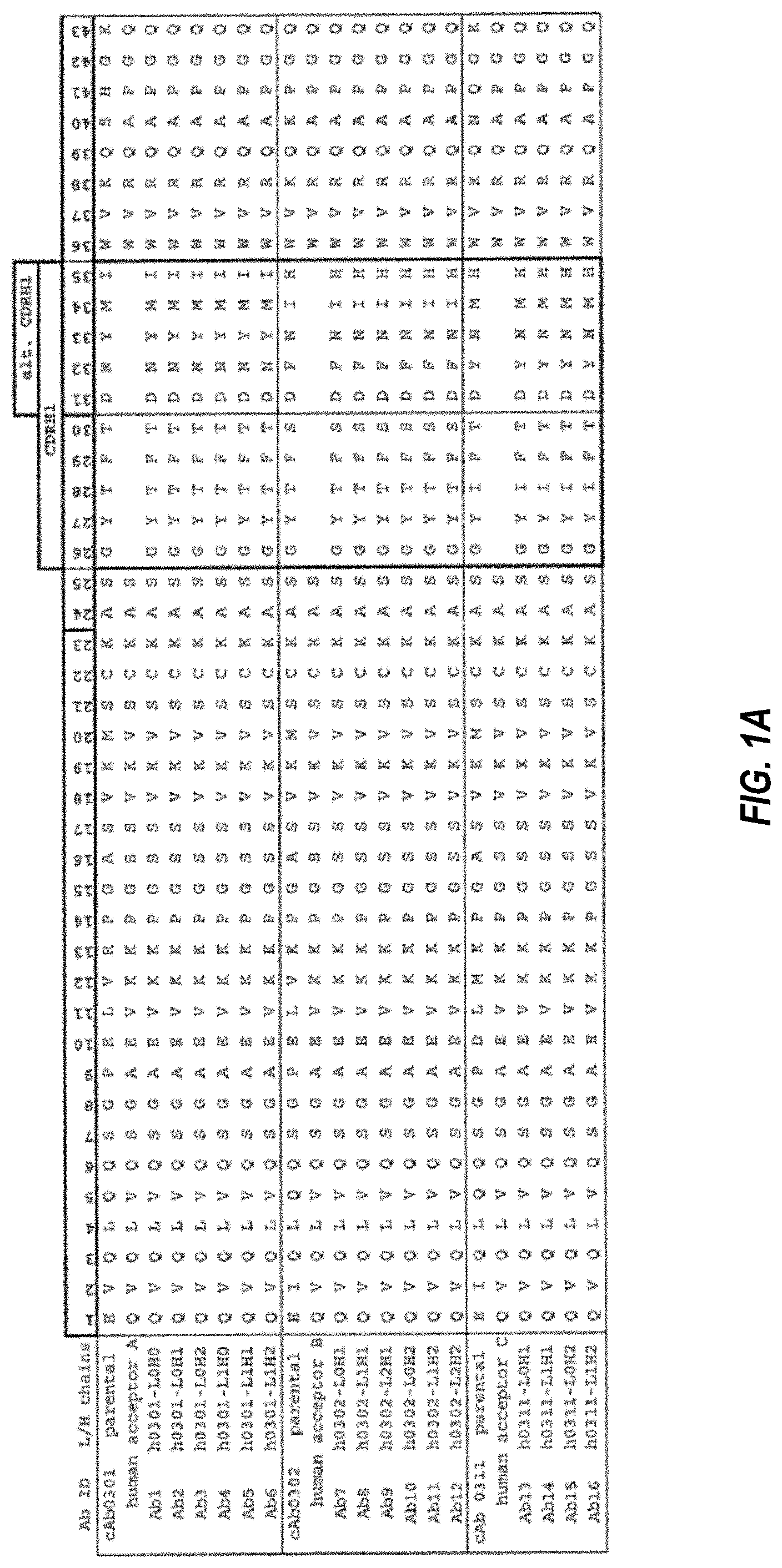Invented by Charles H. Cella, Brad Kell, Teymour S. EL-TAHRY, Andrew Cardno, Leon Fortin, Strong Force VCN Portfolio 2019 LLC
Value chain networks, which encompass the entire process of delivering a product or service to the end customer, involve multiple stages and stakeholders. From raw material sourcing to manufacturing, distribution, and customer service, each step requires careful planning and execution. Robot fleet management plays a vital role in streamlining these processes by ensuring the smooth movement and coordination of robots throughout the value chain.
One of the key drivers of the market for robot fleet management is the rising demand for cost reduction and productivity enhancement. By deploying robots in value chain networks, businesses can automate repetitive tasks, reduce labor costs, and improve overall operational efficiency. However, managing a fleet of robots can be complex, especially when dealing with different types of robots, diverse tasks, and varying environmental conditions. This is where robot fleet management solutions come into play.
Robot fleet management solutions provide businesses with the tools and capabilities to effectively control and coordinate their robot fleets. These solutions typically include features such as task scheduling, route optimization, real-time monitoring, and remote control. By leveraging advanced technologies such as artificial intelligence, machine learning, and Internet of Things (IoT), these solutions enable businesses to maximize the utilization of their robot fleets, minimize downtime, and ensure optimal performance.
The market for robot fleet management is witnessing significant innovation and competition. Several companies are developing and offering comprehensive solutions tailored to the specific needs of different industries. For example, in the manufacturing sector, robot fleet management solutions focus on optimizing production lines, ensuring timely material delivery, and minimizing bottlenecks. In the logistics industry, these solutions aim to improve warehouse operations, enhance order fulfillment, and enable efficient last-mile delivery.
Moreover, the market for robot fleet management is not limited to large enterprises. Small and medium-sized businesses are also recognizing the benefits of automation and are increasingly adopting robot fleet management solutions. These solutions enable smaller businesses to compete with larger players by improving their operational efficiency, reducing costs, and enhancing customer satisfaction.
However, there are challenges that need to be addressed for the widespread adoption of robot fleet management solutions. Integration with existing systems, interoperability between different robot types, and data security are some of the key concerns. Additionally, the high upfront costs associated with implementing robot fleet management solutions can be a barrier for some businesses, especially smaller ones.
In conclusion, the market for robot fleet management for value chain networks is witnessing rapid growth as businesses seek to optimize their operations and improve efficiency. The benefits of automation, such as cost reduction, productivity enhancement, and improved customer satisfaction, are driving the adoption of robot fleet management solutions across various industries. As technology continues to advance and solutions become more sophisticated, the market is expected to expand further, offering businesses new opportunities to transform their value chain networks.
The Strong Force VCN Portfolio 2019 LLC invention works as follows
A robot fleet-management platform includes datastores configured for storing a governance library that defines governance standards. The processors implement a governance enabling intelligence layer by executing computer-readable instructions. This intelligence layer receives intelligence requests from clients of intelligence services and responds accordingly. The intelligence layer includes artificial services such as machine learning, rules based intelligence, digital Twin, robot process automation and machine vision. The set of governance standard is applied to the decisions taken by any of the artificial intelligence services. The intelligence layer controller is responsible for coordinating the performance of artificial intelligence services in behalf of intelligence service clients, and the performance of analyses that correspond to artificial intelligence services using the set of governance standard. The intelligence layer provides the artificial intelligence service’s decisions in response to intelligence requests. The intelligence layer returns decisions determined by artificial intelligence services in response to the intelligence requests.
Background for Robot fleet management for value chain networks
Additive Manufacturing
Further Summary
Value Chain Networks
Digital Product Networks (DPN)
Stack View Examples”.
Value Chain Network Management Platform and Value Chain Network
Value Chain Network Entities managed by the Platform
Network Characteristics for Value Chain Network Entities”.
Value chain network activities and applications managed by the platform
Core capabilities and interactions of the data handling layers (Adaptive intelligence, monitoring, data storage and applications)
Alternative Data Architectures: “Some Details on the Data Storage Layer
Adaptive Intelligent Systems & Monitoring Layers
Digital Twin System in Value Chain Entity Manager Platform
Digital Twins for Value Chain Networks
Entity Discovery & Interaction Management
Robotic Process Automation in Value Chain Network”.
Value Chain Management Platform? Unified Robotic Process Automation (RPA) for Demand Management and the Supply Chain
Value Chain Management Platform: Robotic Process Automation Services in Microservices Architecture to Value Chain Network
Value Chain Management Platform – Robotic Process Automation for Value Chain Network Processes
Broad Management Platform
Details of the “Broad Management Platform
Click here to view the patent on Google Patents.









